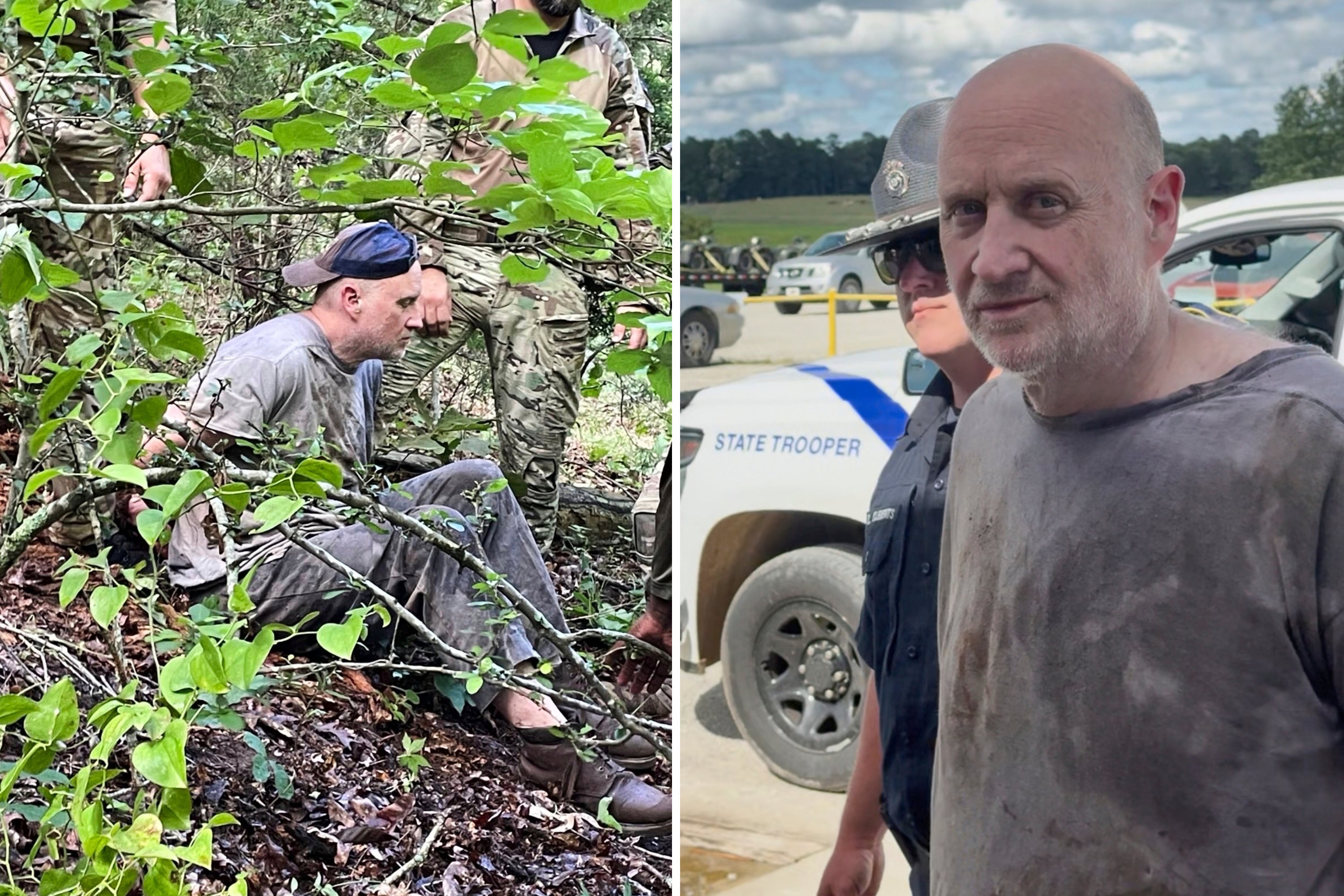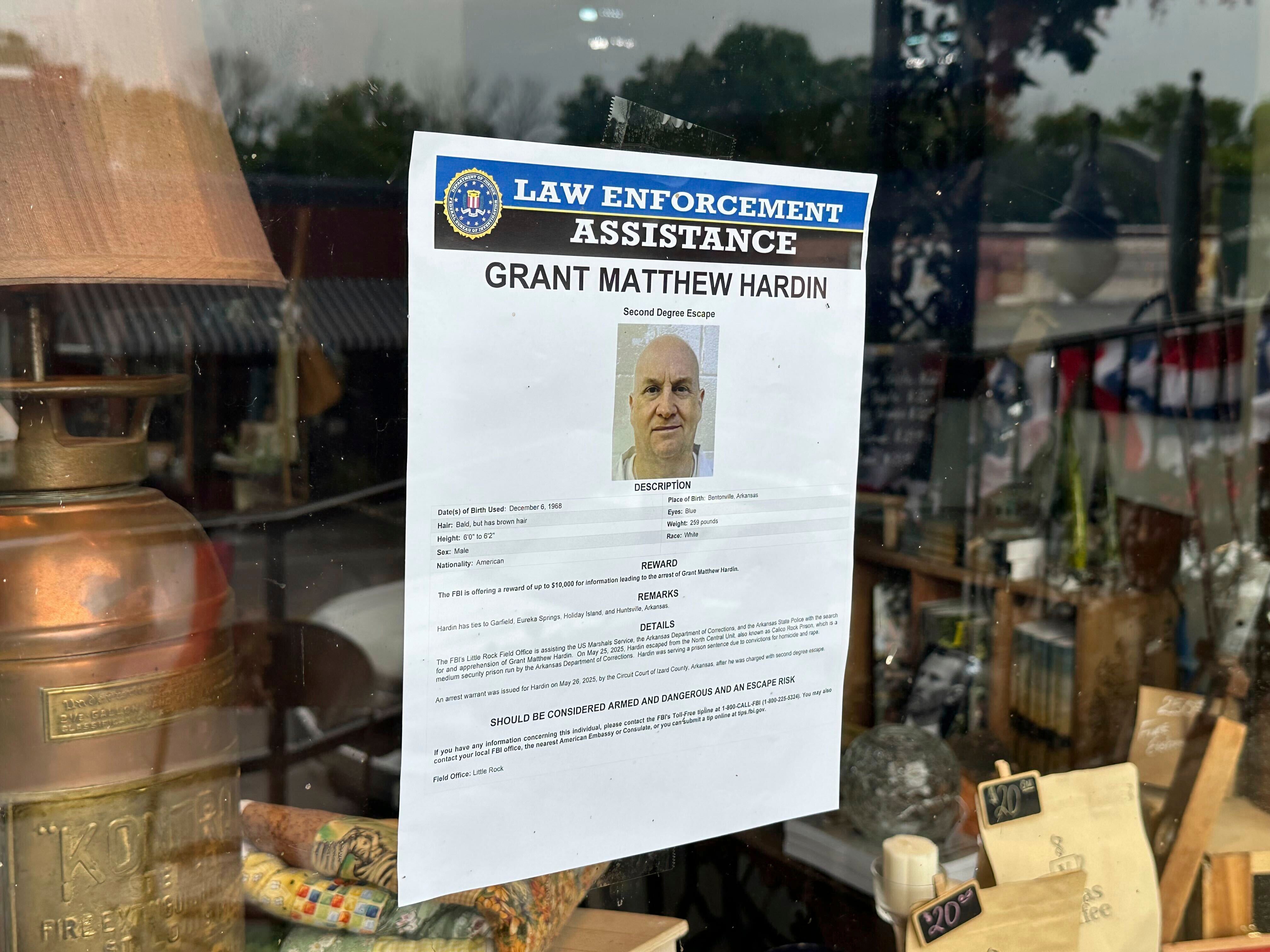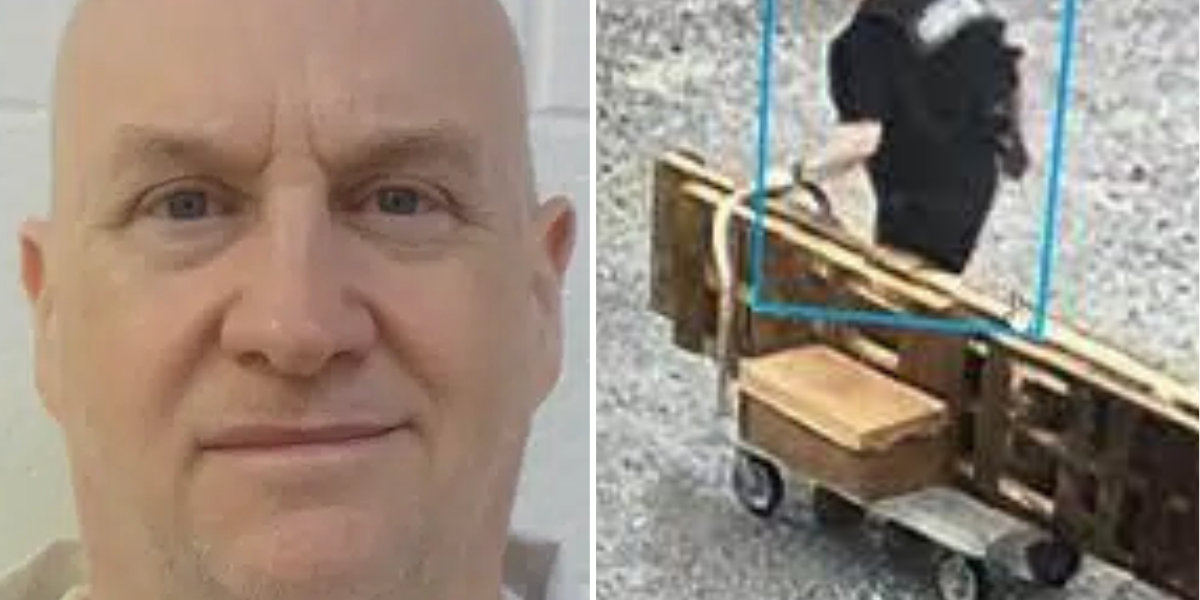A convicted murderer, known as the “Devil in the Ozarks”, meticulously planned his escape from an Arkansas prison for months, exploiting lax security in the facility’s kitchen, an internal review has revealed.
The Department of Corrections’ critical incident report, released on Friday, provides the most detailed account yet of Grant Hardin’s elaborate preparations and the systemic issues that enabled his 25 May breakout from the Calico Rock prison.
Hardin, a former police chief, was apprehended on 6 June, just 1.5 miles (2.4 kilometres) northwest of the prison. Authorities confirmed he escaped by donning a self-designed outfit resembling a law enforcement uniform.
According to the report, Hardin, who worked in the prison’s kitchen, spent six months orchestrating his escape. He confessed to using black Sharpie markers and discarded laundry found within the kitchen to create his fake uniform. A counterfeit badge was ingeniously fashioned from the lid of a can. The review highlighted how the inadequate security measures in the kitchen allowed the convicted killer to amass the supplies needed for his audacious escape.
“Hardin stated he would hide the clothes and other items he was going to need in the bottom of a trash can in the kitchen due to no one ever shaking it down,” the report says.

Two prison employees have been fired for procedure violations that led to Hardin’s escape. They include a kitchen employee who allowed Hardin on a back dock unsupervised and a tower guard who unlocked the back gate that Hardin walked through without confirming his identity. Several other employees have been suspended and one demoted, lawmakers were told this week.
The kitchen’s staff was “very lax on security,” Hardin told investigators, allowing him to gather what he needed for his escape. Hardin said he didn’t have any help from staff or other inmates. Hardin had constructed a ladder from wooden pallets in case he needed to scale the prison fence but didn’t need it.
“(Hardin) stated when he walked up to the gate, he just directed the officer to ‘open the gate,’ and he did,” the report says.
After he escaped from the prison, Hardin survived on food he had smuggled out of the prison along with distilled water from his CPAP machine. Hardin also drank creek water and ate berries, bird eggs and ants.
“He said his plan was to hide in the woods for six months if need be and begin moving west out of the area,” the report says.
Hardin, a former police chief in the small town of Gateway, near the Arkansas-Missouri border, is serving lengthy sentences for murder and rape. He was the subject of the TV documentary “Devil in the Ozarks.”
The report is one of two reviews into Hardin’s escape, which is also being investigated by the Arkansas State Police. A legislative subcommittee has also been holding hearings about the escape.
Republican Rep. Howard Beaty, who co-chairs the Legislative Council’s Charitable, Penal and Correctional Institutions Subcommittee, said the panel hoped to discuss both reports with officials at a hearing next month.

Republican Sen. Ben Gilmore, who sits on the panel, said he didn’t think the department’s review took a thorough enough look at the systemic issues that enabled Hardin’s escape.
“They have focused on the final failure instead of all of the things that led up to it,” he said.
The report also cites confusion among corrections officials in the early stages of Hardin’s escape about which law enforcement agencies had been notified, the report says.
“It is obvious there was a lot of confusion during the beginning stages of opening the command center and of notifications being made,” the report says.
Hardin had been misclassified and shouldn’t have been held at the primarily medium-security prison, according to the review. After he was captured, Hardin was moved to a maximum-security prison. He has pleaded not guilty to escape charges, and his trial is set for November.
Hardin’s custody classification hadn’t been reviewed since October 2019, the report says.
The Department of Corrections’ review says officials had taken several steps since Hardin’s escape, including removing the electric locks from the gates to prevent someone from walking out without an officer present.
The report also calls for additional cameras after finding a blind spot on the dock Hardin used, and for any “shakedown” searches for contraband to include mechanical rooms and side rooms.




